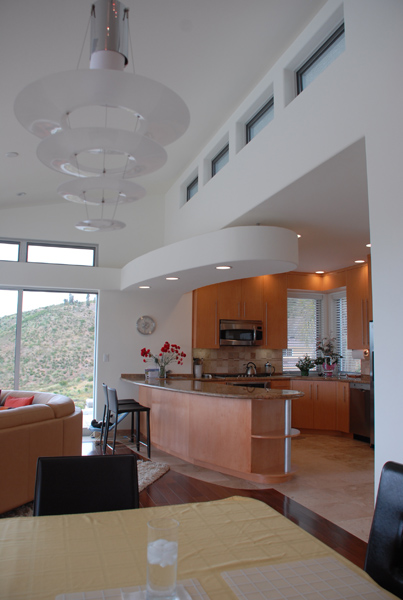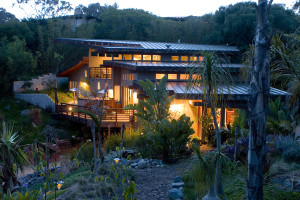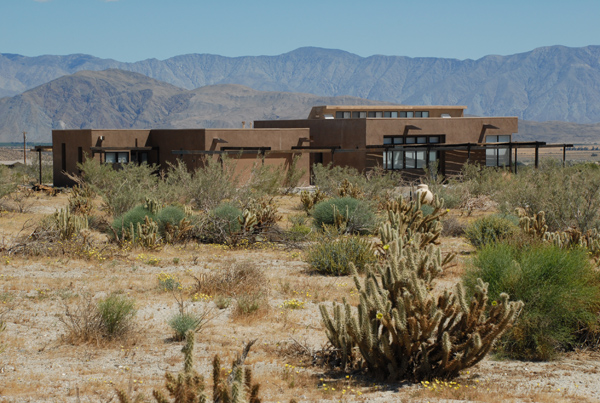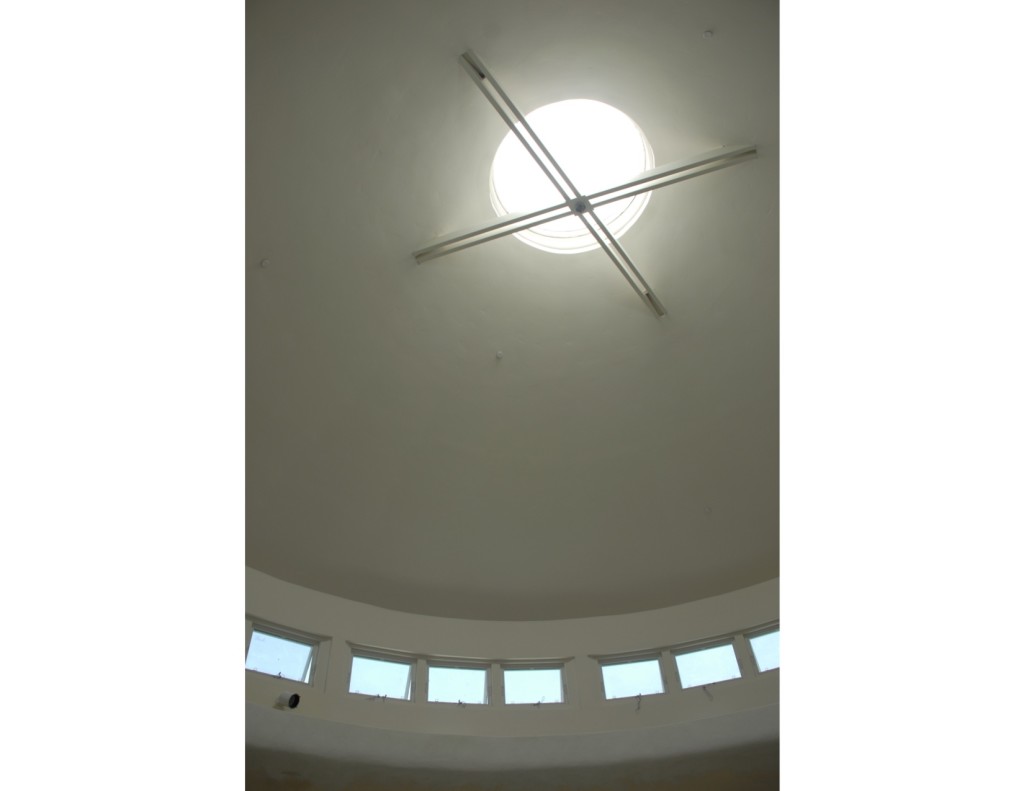 Thoughts on the Built Environment
Thoughts on the Built Environment

Architecture, the art of form, space, light and enclosure, has long been a representational manifestation of a particular human endeavor that combines the arts, science and human aspiration in such a way that it has a direct impact on the user’s emotional and spiritual wellbeing. Most of us are able to reference various places and spaces that lift our spirits or that conversely make one feel unsatisfied. In either scenario, any one of our various senses can dictate what our reaction to a given space may be. As creators of man-made forms, we have the challenge of forming spaces, whether interior or exterior, that have the potential to stimulate or calm, inspire or draw in, but that ultimately must respond to the sense of place that makes a particular site special and unique from all others. This “genius loci” inherent to any one place, ideally, must be capitalized upon to ensure an appropriate response to its context.
In addition to a place’s given characteristics or “global fingerprint,” the user’s own aspirations, preferences and culture must then be taken into consideration and overlaid over those site-specific intrinsic qualities. This should lead to a place or shelter that is an extension of the site and not irreverent. The result should provide one with an envelopment of sensory input that achieves a level of appropriateness and harmony. This is not to say, however, that the work may not have some element of counterpoint or even apparent contradiction, as long as the given character of the site has been acknowledged and respected.
At its best, a place should have a sense of progression from public to private that is natural and confirming. In effect, the arrival should provide for the desired emotional release. When considering a use early in the design process, whether a place of work, worship or family and friends, the user must be taken into account at this point to determine what the driving characteristics are that define the nature of the place that provides for a sense of connectedness and intrinsic meaning. This meaning can be derived from the symbol the structure represents to the user or be simply derived from the place that inspires it. The place should grow from the site; and therefore the interior spaces should ideally have an interplay with the things that surround it—in essence, giving back to the site some of what was taken, and evoking the natural world in the work.
Of course, our need to define and create shelter has ramifications beyond the particular place that we choose to live and work. The production of built form necessitates the use of materials that usually are extracted from another location that, in and of itself, has its own sense of place. Our own desires, ideally, should be manifested with as little degradation to the surrounding environment as possible.
Materials selection has become an important issue for us considering that much of the developing world has looked to us as one model for building their future. As designers of the built environment, we should for example use materials that are obtained locally where possible, thus reducing energy consumption in the form of transportation. Life cycle considerations of buildings must also be addressed. Materials should be incorporated into all structures that can be reasonably reclaimed after its useful life, whether this be in the form of reuse or recycling the product into a new product, or even more sensitively, be sent back to its natural state to biodegrade into its original form to provide energy for the renewal of future raw materials. Perhaps Certified Forest Programs could implement this approach today, given the will.
Ideally, we should also refrain from using man-made, synthesized materials, where possible, that do not break down molecularly or are difficult to reclaim since these will inhabit the earth long after their useful life and, in fact, long after our own. The irony of our consumer-driven society is that we have developed materials and finishes that are more durable than ever, which can certainly be a benefit, but our desire for using some of the newly created products offered has proven to be antithetical in many cases. As certain plastics and other non-biodegradable materials become more common place, more and more of these items find themselves filling landfills around the country.
Another arena of concern lies within the building after it has been “christened” and begins its useful life. The energy required to maintain comfort in the home year round should also be of great concern to us. According to the U.S. Department of Energy, residential and commercial buildings accounted for 74% of the total U.S. electricity consumption in the year 2013 (vs 61% in 1980). How we design, whether concerning passive or active systems, can dramatically affect that figure. Passive climatic design should be naturally incorporated into all buildings to ensure as little dependence as possible. In extreme climates, this becomes even more critical. Our desert heat, for instance, here in Southern California can be mitigated through incorporating elements of internal thermal mass that retains the coolness of the earth and nocturnal temperatures or the warmth of the warm sun. Elements that can be incorporated into an efficient home are tight building envelopes, high-tech, super-efficient glazing systems, natural ventilation strategies and passive cooling systems, amongst many others.

It is humbling to me that we as a profession/industry have such an impact on both the consumption of raw materials as well as the expenditure of energy. Our influence can be used, as in the past century, to turn its back on much of our responsibility to certain ecosystems in order to satisfy a singular need elsewhere. This is not to say that human inventiveness has led us astray, but that we should be selective of the new materials and technologies that have been developed and use them with a higher degree of effectiveness. One way to achieve this is to study regionally responsive designs from around the globe. This approach must be levied of course differently from region to region, so that in more benign climates, we should focus on the actual elimination of mechanical systems where possible while in the extreme climates where heating or cooling is difficult to eliminate, the choice of fuel for energy generation may be the most productive way to ensure a smaller “human footprint.”
Our “human footprint” can take its toll on areas from overly impacted areas of the planet, and has already done so in places of uncontrolled high densities to rural areas not managed with an appropriate sense of “good stewardship” guiding the way. The critical importance here is that each of us has the unique ability to determine how we tread on this firmament we share and to determine what “footprint” we leave behind after we have “borrowed” a given piece of this fertile, yet finite, conglomeration of land and water we call our home.
.

